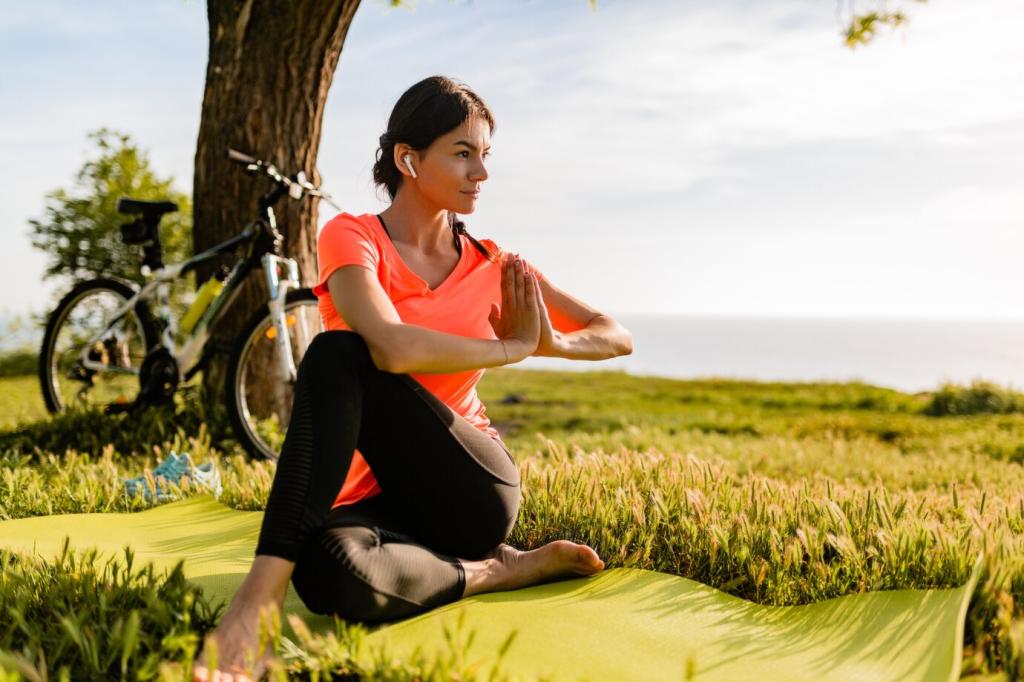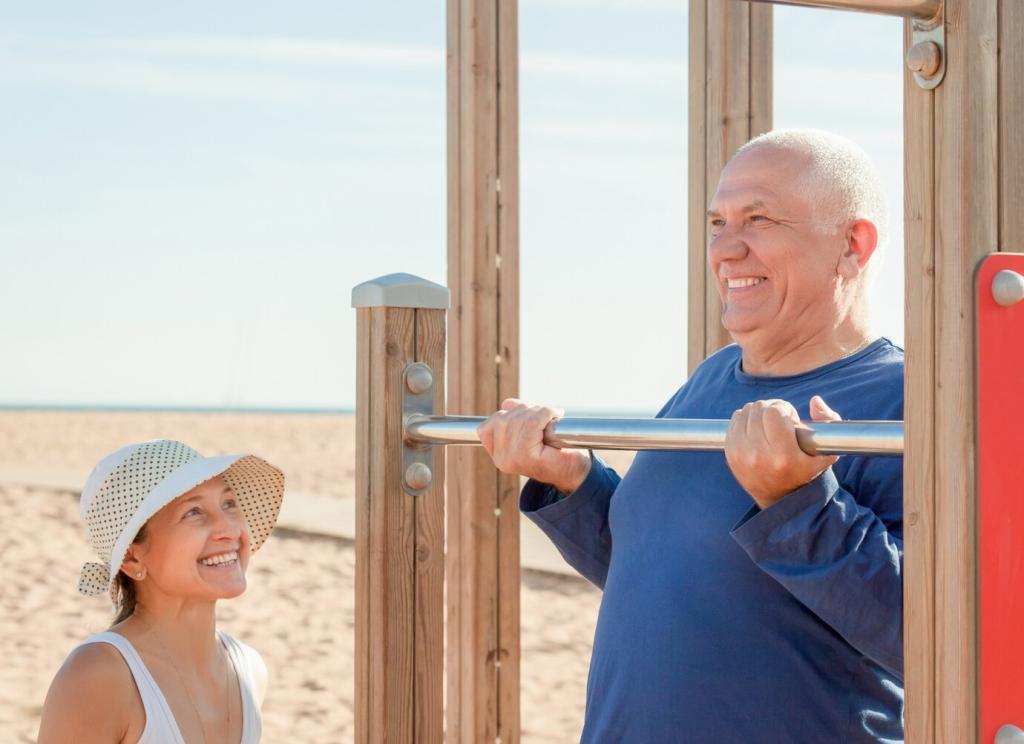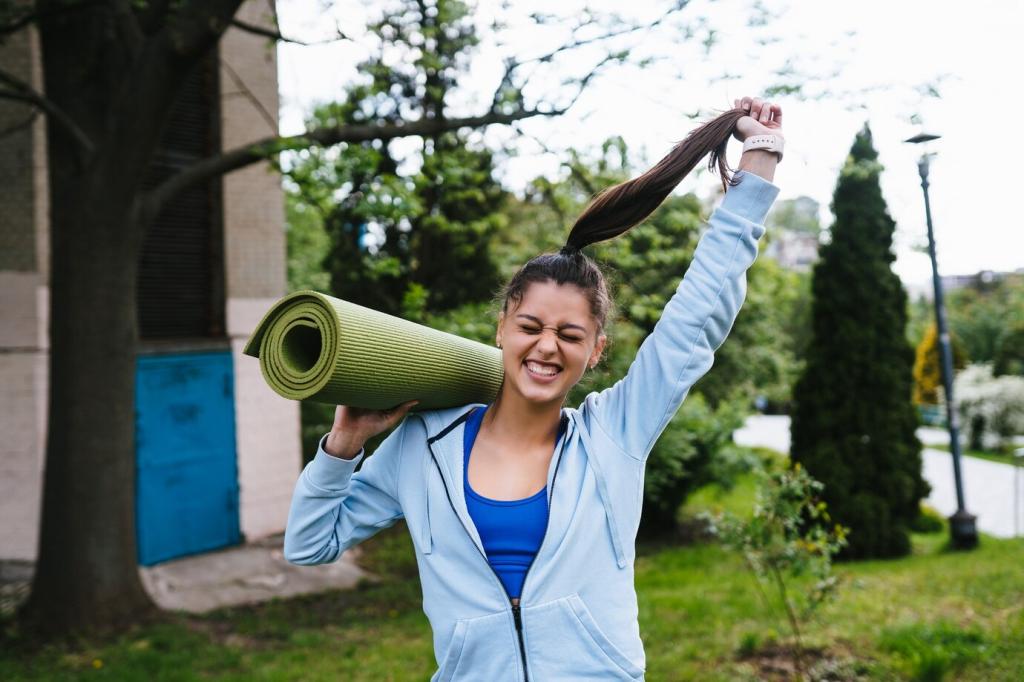How to Design a Senior-Friendly Wellness Retreat
Designing a senior-friendly wellness retreat requires a thoughtful approach that prioritizes comfort, accessibility, and holistic well-being, ensuring every guest enjoys a restorative experience. Older adults often seek relaxation, gentle physical activities, social connection, and opportunities to nurture body and mind within a safe and accommodating environment. A successful retreat integrates elements that cater to varying abilities and preferences, provides supportive amenities, and crafts a welcoming atmosphere for all. Understanding these essentials is the first step to curating a memorable retreat experience tailored specifically for seniors.
Creating a Comfortable and Accessible Setting
01
Facilities should be arranged in a way that minimizes long walks and difficult terrain, making all areas easily reachable. Entrances, pathways, and common rooms need to be free from obstacles, well lit, and clearly marked. Traction flooring, handrails, ramps, and elevators are all crucial features. By ensuring that navigation from bedrooms to dining areas or wellness suites is straightforward, organizers allow guests to participate fully without worrying about accessibility.
02
Guest rooms and communal spaces should radiate comfort and tranquility. Firm yet cozy mattresses, adjustable beds, and seating that encourages good posture help promote restful sleep and proper support. Decorations should be soothing without excessive clutter to prevent tripping or overwhelm. Personalized touches, such as accessible thermostat controls and reading lights, can make the stay more pleasant, further contributing to a sense of agency and relaxation for every guest.
03
Incorporating assistive technologies discreetly ensures safety without sacrificing ambiance. Emergency call systems, non-slip bath installations, and door levers instead of knobs are thoughtful additions. Signage in large, easy-to-read fonts and audio cues help guests with visual or hearing limitations. All these elements should blend seamlessly into the design, maintaining an elegant and reassuring atmosphere while honoring the diverse needs of all participants.
Designing Wellness Activities for Inclusivity

Adapted Physical Wellness Classes
Yoga, tai chi, and aqua aerobics classes tailored specifically to seniors allow for safe participation regardless of physical limitations. Instructors should be skilled in adapting postures or movements and offer chair-based alternatives. This empowers guests to engage in regular activity, experience the benefits of improved mobility and balance, and build confidence while reducing the risk of injury.

Gentle Creative and Social Pursuits
Art workshops, music sessions, or guided journaling provide opportunities for expression and relaxation that don’t rely on physical prowess. Group activities, such as storytelling or board games, nurture social bonds and combat loneliness, which is vital for mental health. Structured yet flexible programming ensures everyone can take part, find enjoyment, and discover new interests at their own pace.

Mindfulness and Relaxation Experiences
Meditation circles, guided breathing exercises, and nature walks promote emotional balance and stress relief. These experiences are particularly valuable for seniors, supporting sleep quality, memory, and a positive outlook. Ensuring that mindfulness activities are led by compassionate, patient facilitators helps attendees feel comfortable and encouraged, allowing deep relaxation and inner exploration.
Prioritizing Nutrition and Health Support
Balanced and Flavorful Dining Options
Menus must balance the latest nutritional guidelines for older adults with the pleasures of flavorful, attractive food. Chefs should use fresh, local ingredients and offer easily chewable options that still tantalize the taste buds. Meals should be served at convenient times, and snacks made available throughout the day, ensuring sustained energy and a joyful dining experience in a sociable atmosphere.
Accommodating Special Dietary Requirements
Many seniors have particular dietary needs, from low-sodium or diabetic-friendly options to vegetarian or allergy-sensitive menus. The culinary team should coordinate closely with attendees to understand restrictions and preferences, providing alternatives without a fuss. Transparent ingredient labeling and attentive staff reassure guests that their dietary health is respected, enabling worry-free enjoyment of every meal.
Access to Health and Wellness Professionals
Onsite nurses, physiotherapists, or wellness consultants provide peace of mind and immediate support for guests’ health needs. Regular health check-ins, medication reminders, or one-on-one consultations demonstrate deep care for each participant. This access encourages a sense of security, allowing seniors to focus on relaxation knowing their health concerns are understood and monitored by professionals.
